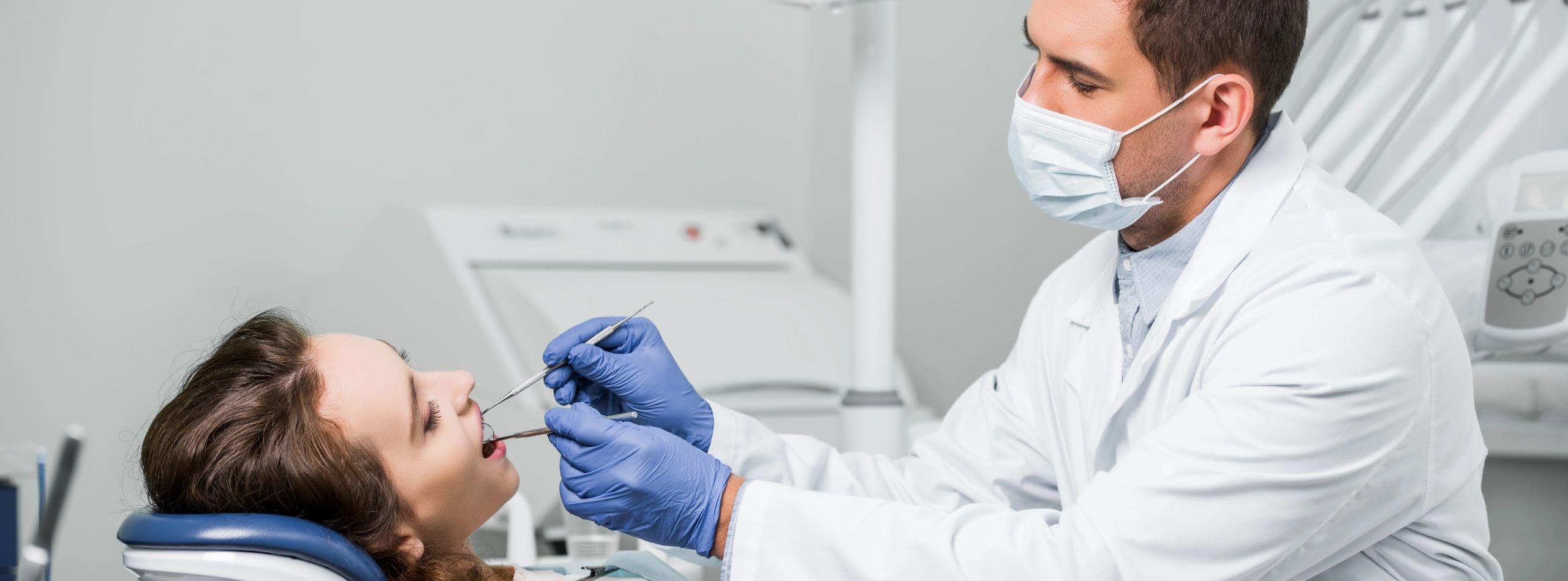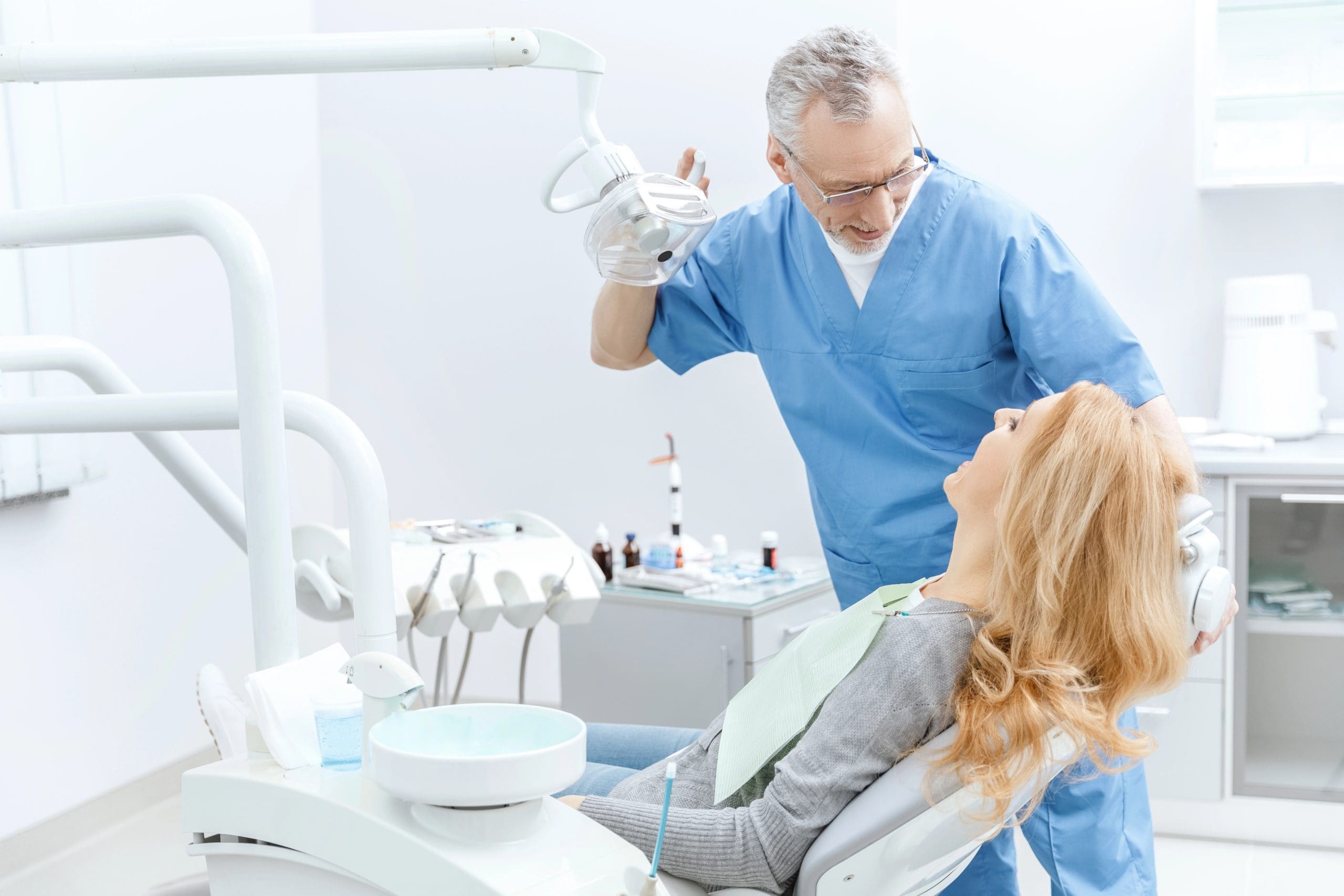What should you know about urgent care for tooth pain? Understanding when to seek urgent care for tooth pain can help address discomfort effectively, as it often involves assessing the severity and underlying causes of the pain. Recognizing the signs that require immediate attention is crucial for managing dental health.
Urgent Care for Tooth Pain
Recognizing severe tooth pain is crucial when considering urgent care for tooth pain. Severe tooth pain can manifest in various ways, such as sharp, throbbing, or constant discomfort that disrupts daily activities. This type of pain may indicate underlying issues like infections, abscesses, or significant dental decay. Understanding the intensity and persistence of the pain can help in determining the need for immediate attention.
When experiencing severe tooth pain, it is essential to assess the situation carefully. The pain might be accompanied by other symptoms such as swelling, fever, or a bad taste in the mouth, which could suggest a more serious condition. In such cases, seeking professional evaluation is important to prevent further complications. For more information on when to seek immediate attention, you can visit our page on What Is Considered a Dental Emergency?.
Urgent Care for Tooth Pain
Tooth pain can be a distressing experience, often prompting individuals to seek immediate relief. Understanding the common causes of tooth pain can help in identifying the underlying issues that may require urgent attention. One prevalent cause is dental cavities, which occur when tooth decay penetrates the enamel and reaches the sensitive inner layers of the tooth. Gum disease, characterized by inflammation and infection of the gums, can also lead to significant discomfort and pain. Additionally, tooth pain may arise from dental abscesses, which are pockets of pus caused by bacterial infections. These conditions often necessitate prompt evaluation to prevent further complications.
Another frequent cause of tooth pain is trauma or injury to the teeth, which can result from accidents or physical impact. Cracked or fractured teeth can expose the nerves, leading to sharp pain and sensitivity. Bruxism, or teeth grinding, is another contributor to tooth discomfort, as it can wear down the enamel and strain the jaw muscles. In some cases, sinus infections can mimic tooth pain due to the proximity of the sinus cavities to the upper teeth. For those experiencing severe or persistent tooth pain, seeking professional evaluation is crucial. If you are in need of immediate assistance, consider exploring our Emergency Dentistry Services in New Haven for comprehensive Urgent Care for Tooth Pain.
When to Seek Immediate Help
Tooth pain can be a distressing experience, and understanding when to seek immediate help is crucial for maintaining oral health. Severe toothaches that are persistent and accompanied by symptoms such as swelling, fever, or difficulty swallowing may indicate a more serious underlying issue that requires urgent attention. Additionally, if the pain is the result of an injury or trauma to the mouth, it is important to address it promptly to prevent further complications. Recognizing these signs and acting swiftly can be essential in managing dental emergencies effectively.
Understanding Dental Emergencies
When it comes to urgent care for tooth pain, understanding dental emergencies is crucial. Dental emergencies can range from sudden, severe toothaches to unexpected injuries that affect the teeth or gums. Recognizing the signs of a dental emergency can help you determine when immediate attention is necessary to alleviate pain and prevent further complications. Whether it’s a cracked tooth, a lost filling, or an abscess, knowing the difference between a minor issue and a true emergency can make all the difference in seeking timely care. For those in need of professional dental evaluation, the New Haven Dental Center Family & Cosmetic Dentistry is available to address your concerns, and you can find more information by visiting the New Haven Dentist.
Pain Management Options Overview
When dealing with urgent care for tooth pain, understanding the available pain management options is crucial. Various approaches can be employed to alleviate discomfort, ranging from over-the-counter solutions to more advanced medical interventions. The primary goal is to address the immediate pain while considering the underlying cause, ensuring that individuals receive appropriate care tailored to their specific needs. By exploring different pain management strategies, patients can find relief and improve their overall well-being during episodes of tooth pain.
Potential Complications of Ignoring Pain
Ignoring tooth pain can lead to a range of complications that may require more intensive treatment than initially anticipated. When left unaddressed, what starts as a minor discomfort can escalate into severe infections, abscesses, or even tooth loss. These complications not only affect oral health but can also have broader implications for overall well-being. Seeking urgent care for tooth pain is crucial to prevent these potential issues from developing into more serious health concerns. By addressing the pain promptly, individuals can avoid the risk of complications that might otherwise impact their quality of life.
How Dentists Diagnose Tooth Pain
When experiencing tooth pain, seeking urgent care for tooth pain can be crucial in identifying the underlying issue. Dentists employ a variety of diagnostic techniques to determine the cause of discomfort. Initially, they conduct a thorough examination of the mouth, teeth, and gums, looking for visible signs of decay, infection, or injury. They may also ask about the patient’s dental history and any recent incidents that could have contributed to the pain. To gain a clearer picture, dentists often use X-rays to detect problems not visible to the naked eye, such as cavities between teeth or issues with the jawbone. By combining these methods, dentists can accurately diagnose the source of tooth pain and recommend appropriate treatment options.
Importance of Timely Dental Care
When experiencing tooth pain, seeking urgent care is crucial to prevent further complications. Urgent care for tooth pain ensures that any underlying issues are addressed promptly, reducing the risk of more severe dental problems. Delaying treatment can lead to increased discomfort and potential damage to your oral health. By prioritizing timely dental care, individuals can maintain their overall well-being and avoid the escalation of minor issues into major concerns.
Preparing for Your Urgent Visit
When dealing with urgent care for tooth pain, preparing for your visit can help streamline the process and ensure you receive the necessary attention promptly. It’s important to gather any relevant medical information, such as your dental history and any medications you are currently taking, to provide a comprehensive overview to the healthcare provider. Understanding the nature of your tooth pain, including its duration and intensity, can also be beneficial during your urgent care visit. Being prepared can facilitate a more efficient evaluation and help address your tooth pain effectively.
Conclusion
If you’re experiencing tooth pain, seeking urgent care is crucial; for immediate assistance, call 260-748-3696 or check out the reviews on Google Maps.





